Are the employees in your most business-critical roles reflecting your employee and customer base?
Every hiring choice we make matters. Yet some roles are more central to reaching our business goals. These critical positions are job roles your company must fill to succeed in creating your products, offering your services, and fulfilling your strategic plans.
One way to think about critical hires is to link individuals’ talent to the highest-value jobs. Critical hires may not be the most senior positions or those that require the most years of experience. They can be hidden in a traditional org chart that focuses on top management. These high-priority positions can change as the competitive landscape changes: it’s not a one-time exercise. Companies that reallocate their top talent to critical roles more often were 2.2 times more likely to outperform their competitors on shareholder returns.
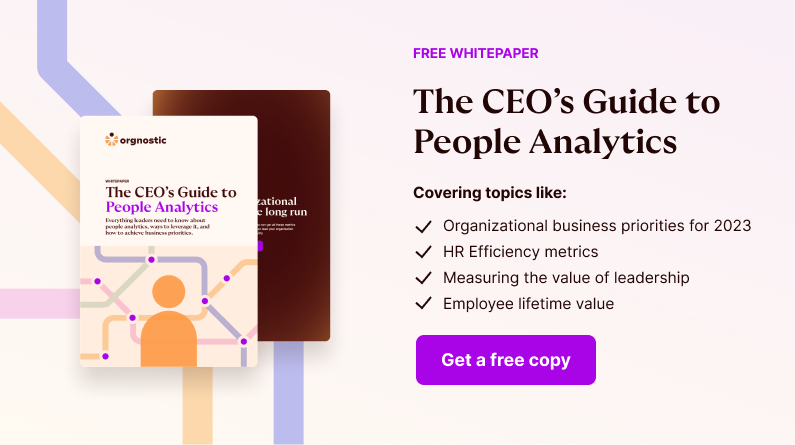
Pay gap data in the United Kingdom and elsewhere shows us that sometimes, women and racialized workers are hired or guided into lower-value positions. There are many causes for the gaps in representation, seniority, and pay across demographic groups. Regardless of those, it’s clear that we can’t reach full equity in hiring if our critical hires all look similar and only our support roles are diverse.
Today, we’ll explore how to know if your critical hire rates for women and racialized minorities are equitable, even if your overall hiring rates don’t show these differences.
How do I calculate my critical hire rate?
Critical hires must be filled to reach your business goals; a higher critical hire rate means your company is more successful at filling top priority positions.
To start, you must know which open positions are supporting strategic priorities. One way to do this is through segmentation. For example, Corning thought its most crucial positions were in research and development because that is the company’s competitive advantage. However, it was missing key knowledge in manufacturing: specifically in production engineering. Segmenting roles by department, along your company’s business model, can help find these bottlenecks. After locating these roles, set the expected time frames to fill your important spots. If your critical roles are filled too late, that isn’t a success.
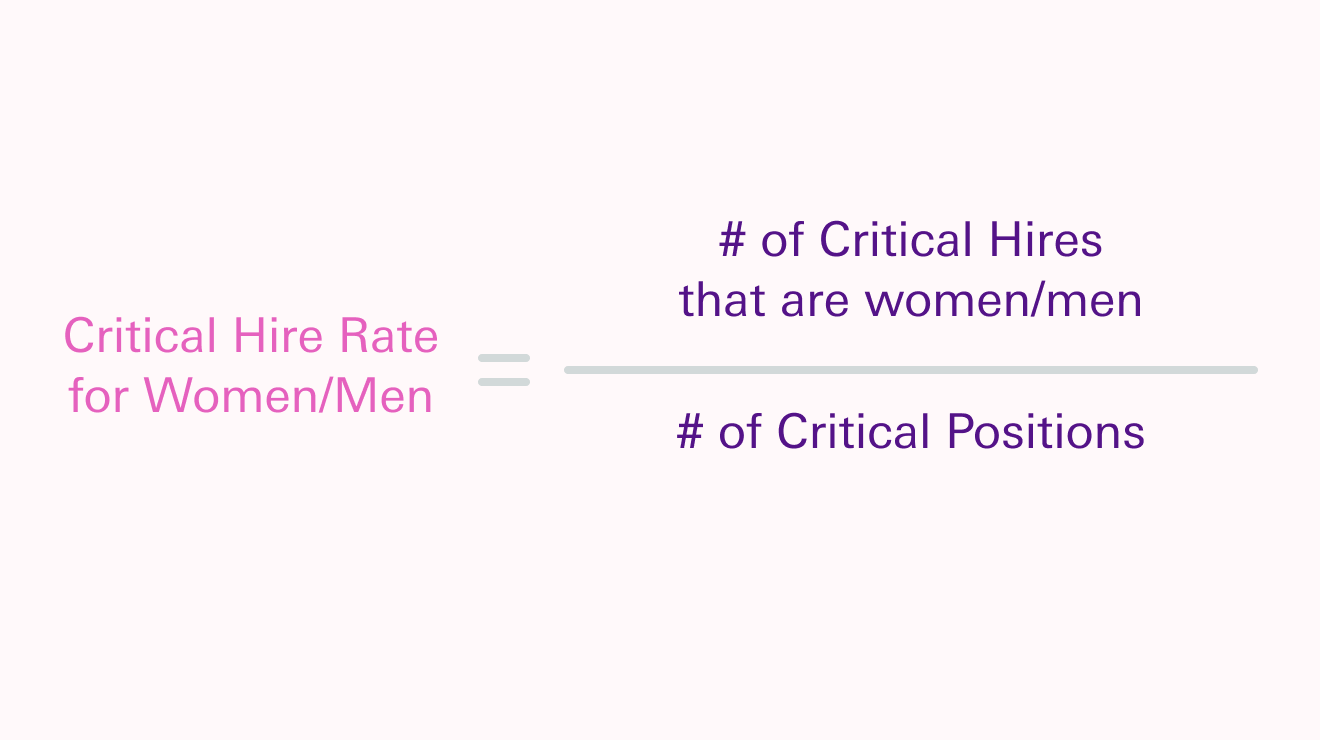
This is the first step. We’re really here to know the breakdown of gender and race in our critical hires. To figure this out, we need to know which hires’ demographic information, based on the groups that are most appropriate for your region of the world. Here’s how that could look for gender:
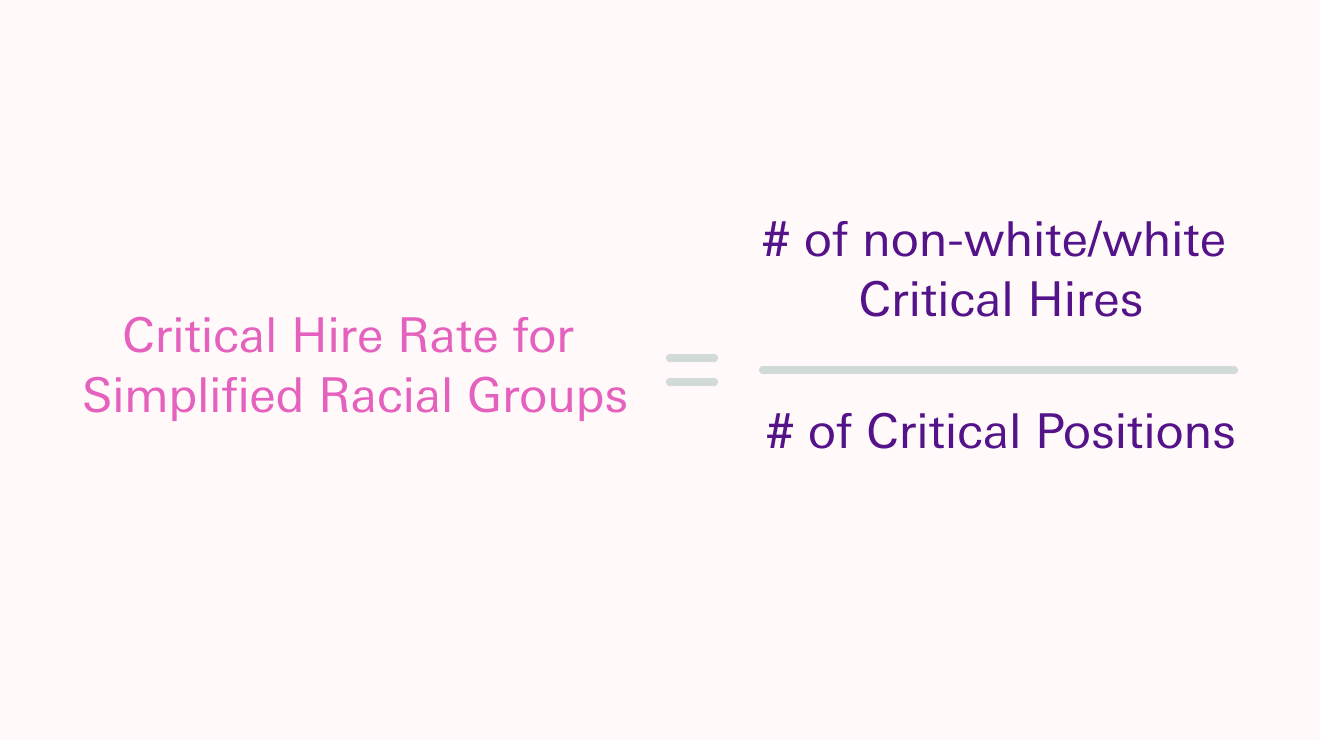
Simplified Racial Groups include white and non-white hires.
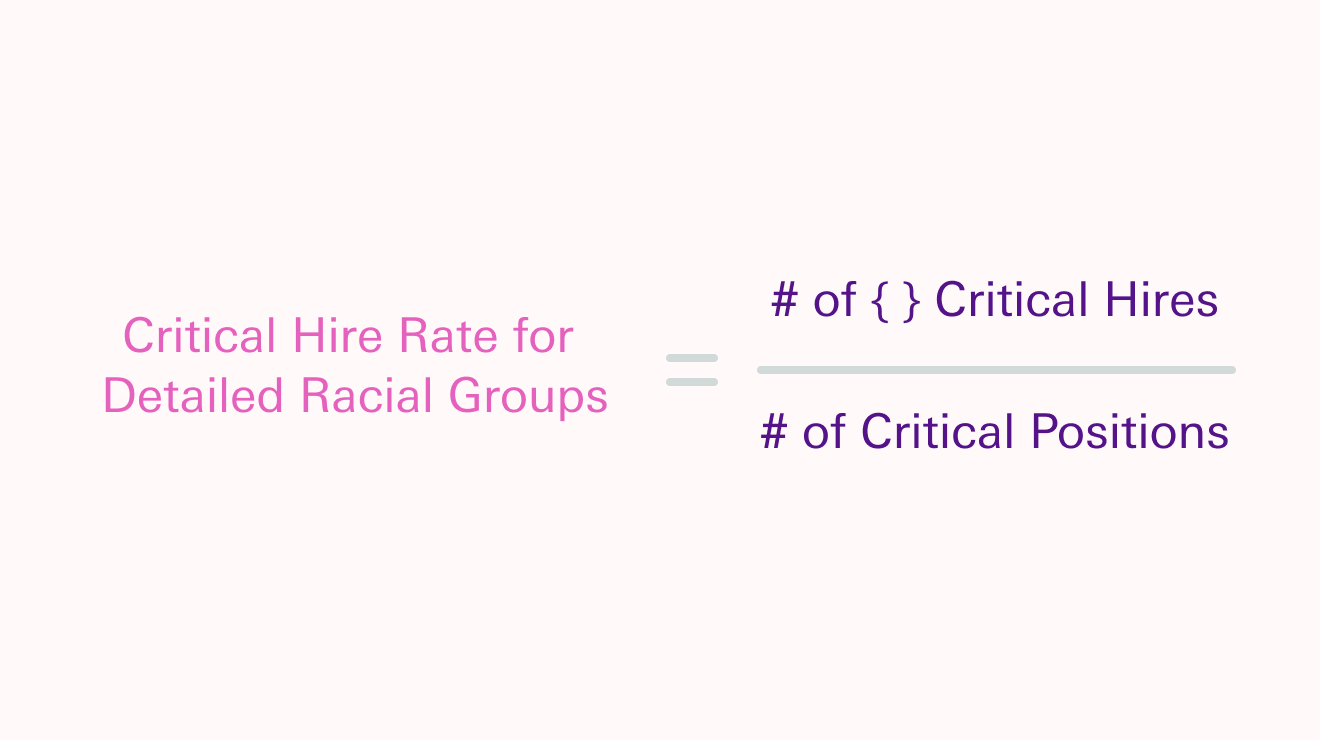
Detailed Racial Groups can include Black/African, Indigenous, Asian, and Middle Eastern hires, or the categories that are most appropriate for your local context.
So what?
You might find big discrepancies in these critical hire rates. But how do you know if these differences are meaningful? Just eyeballing the critical hire rates can lead you down a wild goose chase if the hire rates are not statistically different. Fortunately, Orgnostic will tell you if these gaps are substantial or if they just look that way from random error and differently-sized groups. Especially with a small number of critical hires, the significance test can be more important than differences in graphs or numbers.
There are two other ways to put these numbers in context: your non-critical hire rates and the talent pool you hire from. If your non-critical hires are similarly unequal, then you can test changes to your hiring process to reduce barriers for applicants. Some include:
- Using gender-neutral wording
- Adopting structured interviews
- Using a skills-based scoring process
Instead, your critical hires might be less balanced than your other recent hires. Then you can investigate further with these questions:
- Are our critical roles in a different function than the other roles?
- Do we have different job requirements and assumptions for these roles?
- Are certain hiring managers choosing the critical hires?
If your talent pool’s representation is very different from your critical hire rates, you can look to the hiring process for clues to why some applicants apply and proceed through your hiring stages and others don’t. Even if the talent pool seems limited, some groups in that pool may be overlooked. For example, hiring for tech skills is very competitive in the US, with graduates out of some schools getting very high salaries and bonuses. However, other schools including historically Black colleges and universities have many computer science hires that may not be getting the same attention or compensation packages.
How do I answer this question in Orgnostic?
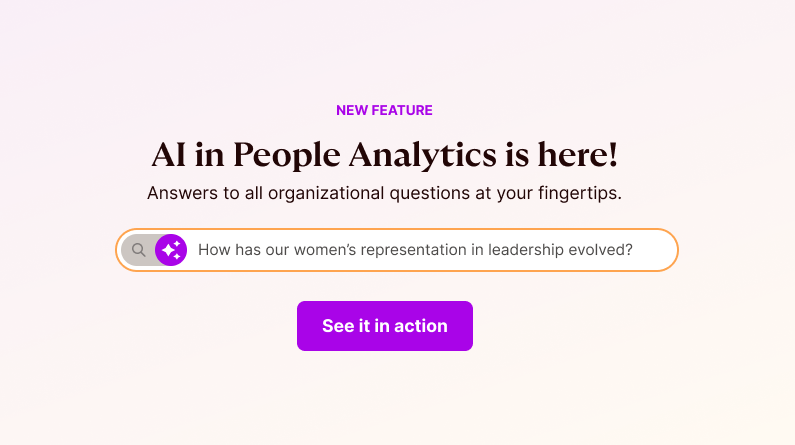
To answer these questions, you will need to go beyond the standard options given by your ATS. It’s unlikely that your platform automatically tracks which of your openings are critical hires, or gathers demographic information during applications.
Orgnostic gives you an option to enrich your existing data by assigning criticality level to different roles and vacancies. Once your data is connected to Orgnostic, its filters are your friend: use the filters to compare critical hire rates by gender, race, age, department, and more.
Yet that’s just the start: hiring is but the first step to achieving your strategic priorities. Equity and fairness for all your hires can protect you from losing critical people at the most inopportune moments.
From the Diversity, Equity, and Inclusion series: